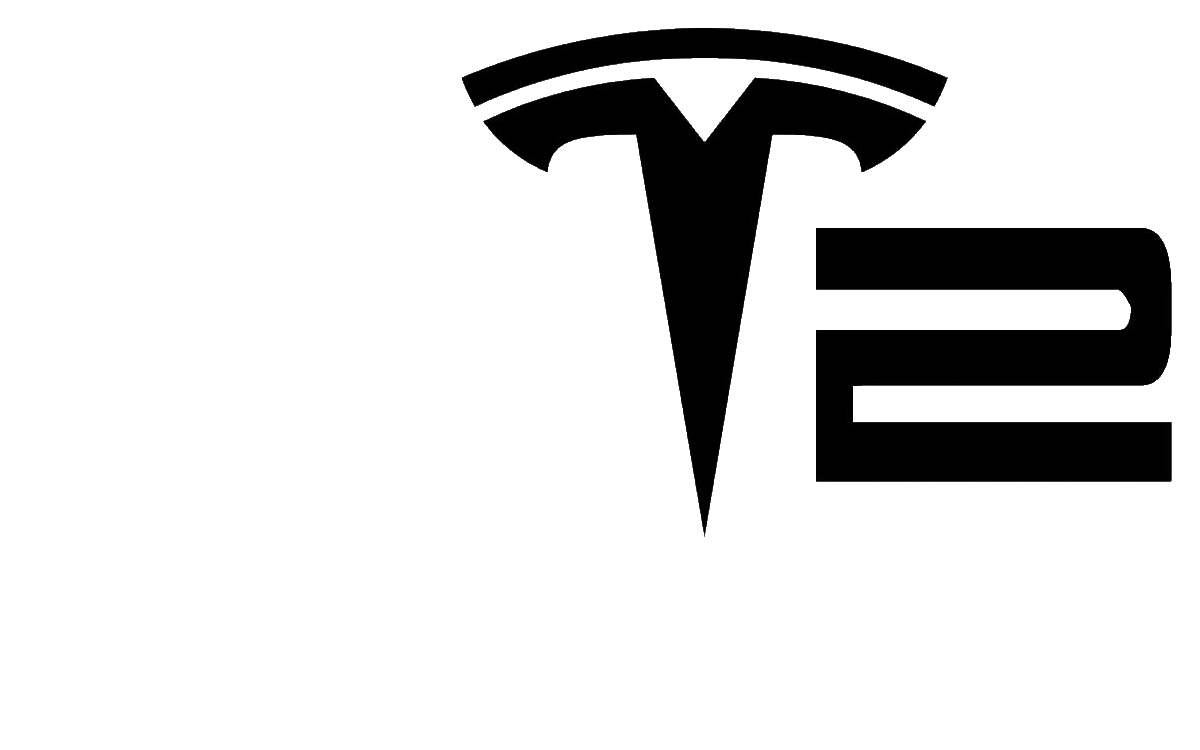EV Rob
Active member
- First Name
- Rob
- Joined
- Mar 11, 2021
- Threads
- 0
- Messages
- 28
- Reaction score
- 6
- Location
- Ventura, CA
- Vehicles
- Tesla Model S, Y
- Occupation
- Engineer
Battery degradation slows over time. Be gentle, and you'll be more likely to be above than below the red line.

https://www.drivingelectric.com/tesla/model-s/range
https://www.drivingelectric.com/tesla/model-s/range
